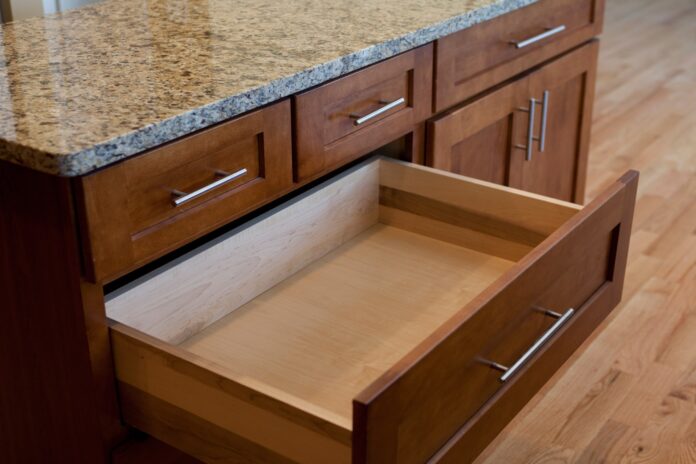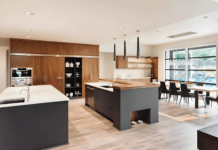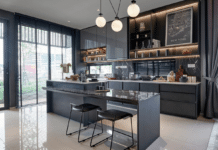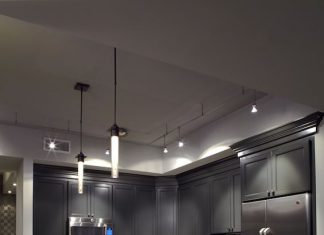We think of cabinet drawers as just boxes we can cram our things in… but not all drawers are alike. We can be frustrated by drawers if they don’t serve their purpose of holding things or aren’t easy to use.
However, there are several different options for drawers, such as customizing how much and where things can be stored in cabinets.
Knowing what kinds of drawers are available can make things more convenient in the long run. Yet many of us don’t know all the options besides a standard box.
Various Drawer Options You Can Incorporate in Your Custom Cabinets For Easy Organization
What drawer options are available? We provide examples and even terminology so you know what options to ask for when you get your next cabinet.
Standard Cabinet Drawers
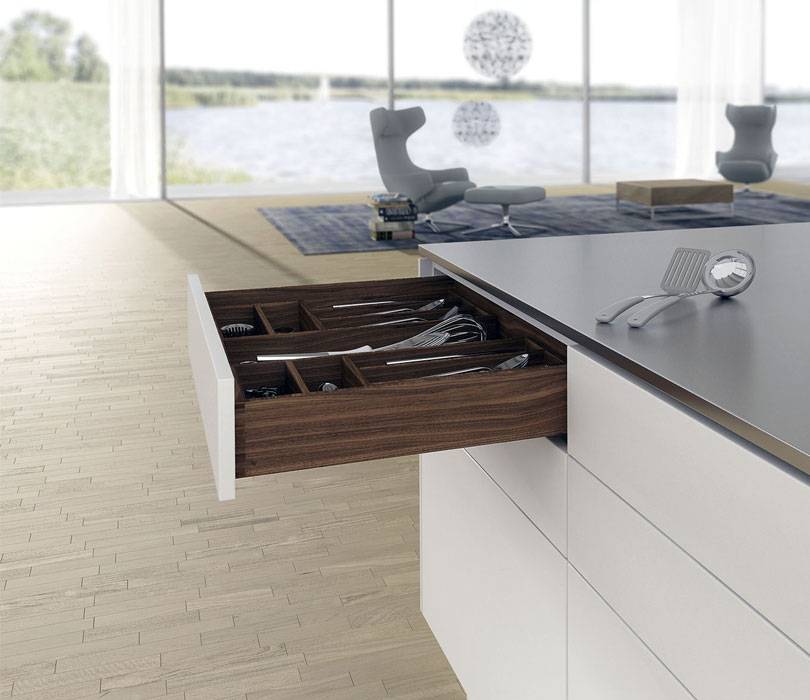
Before discussing all the options and variations, we should consider what is expected from the standard drawer.
Most wooden drawers use joints to stabilize the structure, specifically dovetail joints with trapezoid edges that interlock. Some of these are reinforced with wood glue, while other joints fit so snugly that they function well without it.
The build of the drawer’s front panel determines if the cabinet is frameless. Frameless cabinets rely on the drawer front panels extending wide to cover the front of the structure.
Double Cabinet Drawers
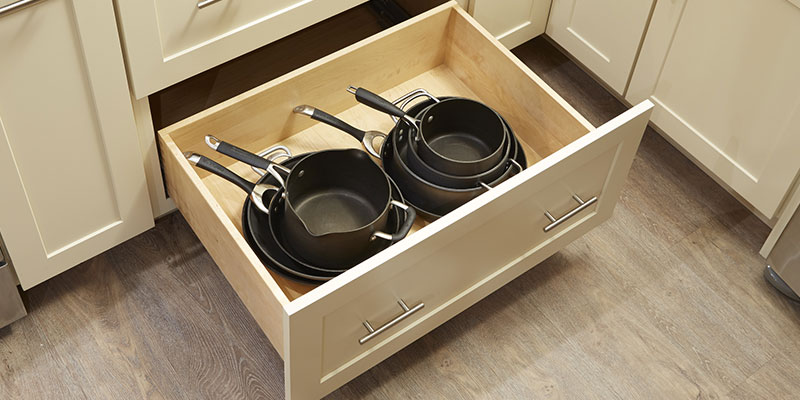
A double drawer gives the appearance of two separate drawers but is actually one large deep drawer. This gives you larger compartments without ruining any pattern or symmetry in your cabinet design.
Some modern cabinets have large, deep slab drawers that are still called double drawers despite not having that two-panel appearance.
Jewelry Drawers or Shallow Drawers
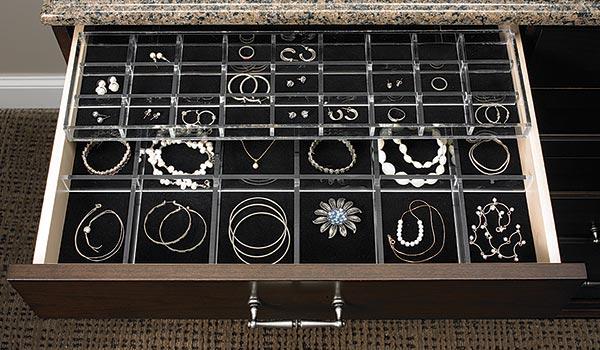
In movies with luxurious interiors, you may see shallow drawers for watches, earrings, or sunglasses in their dressers. Jewelry drawers are shallow and placed at the top of cabinets.
Shallow drawers don’t have a standard measurement. Jewelry organizer trays are 2 inches in height. Felt-lined drawers are an available variation in a jewelry drawer.
Vertical Pull-Outs
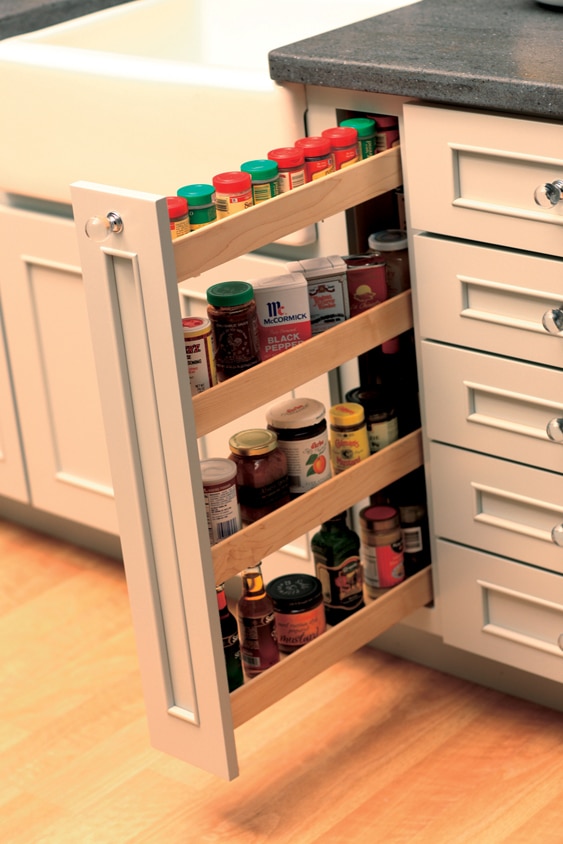
Drawers are not only for horizontal storage. Vertical pull-outs slide out to store several items and are ideal for narrow objects, although larger racks are available.
They benefit from being accessible while standing on either side of the rack. Because you can store things at the torso level, crouching or reaching for your most used items is less necessary.
Vertical pull-out shelving operates on sliders, so they look and feel impressive in any room.
Full-Extension Cabinet Drawers
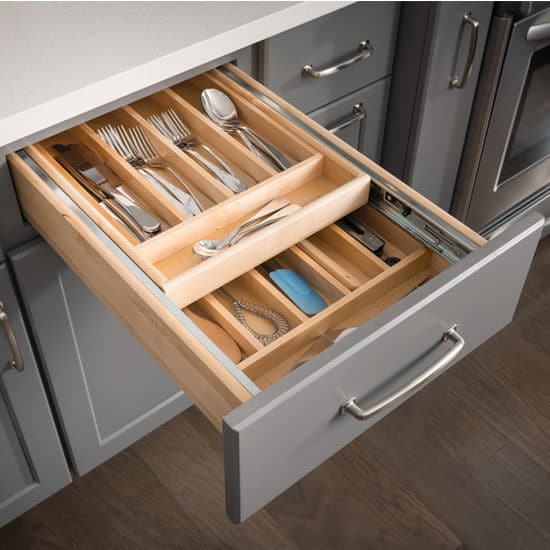
Full extension drawers require drawer slides mounted to the cabinet box to maximize the full storage. Mounted drawer slides offer a satisfying smooth glide that makes drawers easy to open and close.
As an option, soft-close drawers use hydraulic mechanisms to reduce the impact when the drawers close.
This also helps cabinet appearance by preventing impact marks where the drawer panel hits the frame from repeated closures.
Cabinet Rollout or Rollout Shelves
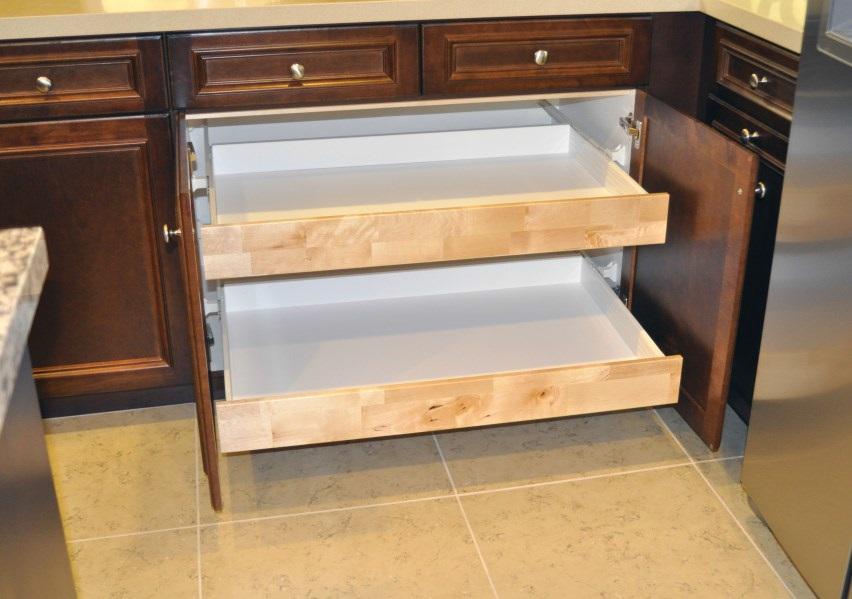
This is a slightly different take on sliding drawers. These shelves are additions that allow you to access the backspace of a cabinet. They are not only in typical cabinets but commonly in pantries.
Trash Drawers or Wastebasket Cabinets
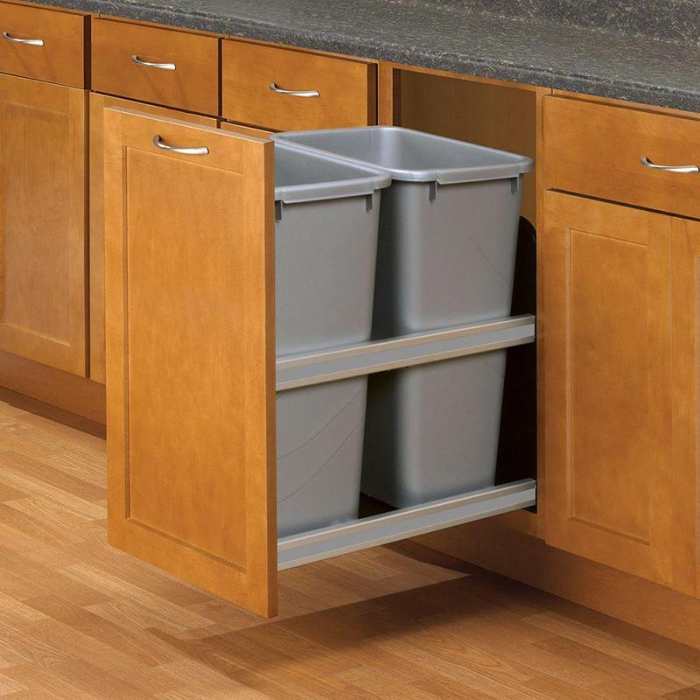
These sliding rollout drawers appear to be the size of large cabinet doors, but when pulled out, hold garbage bins.
This incorporates waste into the cabinet’s function and design. It is an option for those who do not want a separate disposal unit out of place in the kitchen interior.
Drop-Front Drawers
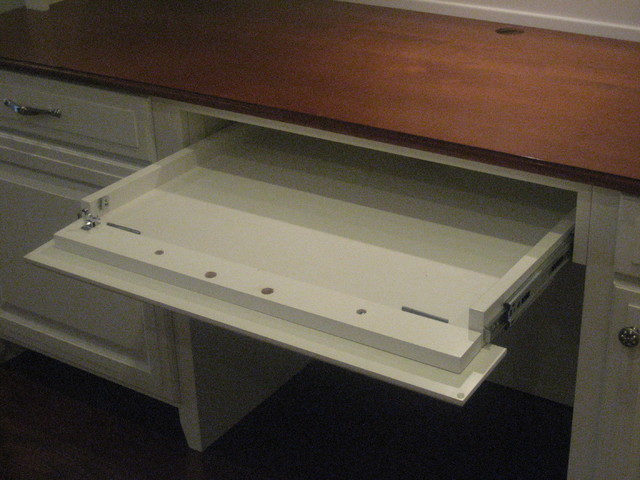
These drawers have front panels that tilt down to reveal storage. They almost act like vertical doors, where the back of the panel becomes an extended surface.
These are popular in media centers, where drop-front drawers reveal digital devices like cable boxes or network routers. Some of these are connected to storage bins and are popular in some dresser drawers or standing toy chests.
Tip-Out Drawers
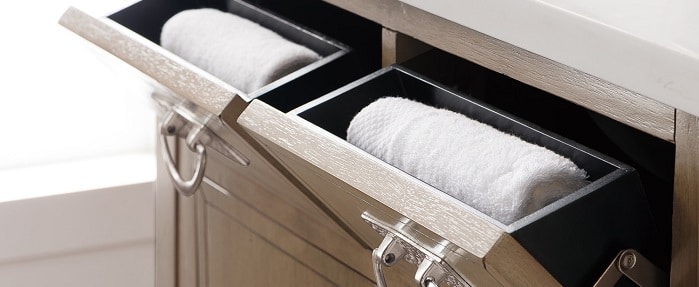
Tip-out drawers are a smaller variation of the drop-front drawers. These are found in kitchen base cabinets or bathroom vanities where a panel beside the sink offers limited storage.
Tip-out drawers can hold sponges and brushes in the kitchen, contact lens cases, and bathroom vanities.
Toe-Kick Cabinet Drawers
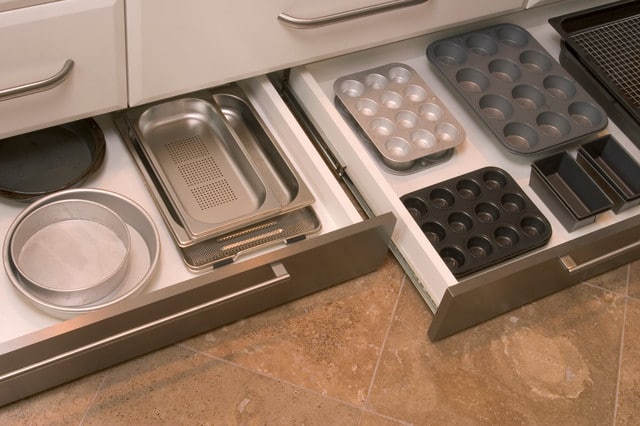
Toe-kick drawers replace the baseboards of the cabinet, which don’t have much function other than being a solid bottom, with drawers.
These low-to-the-ground drawers maximize the most of your storage when every inch of space is important in your room.
Corner Cabinet Drawers
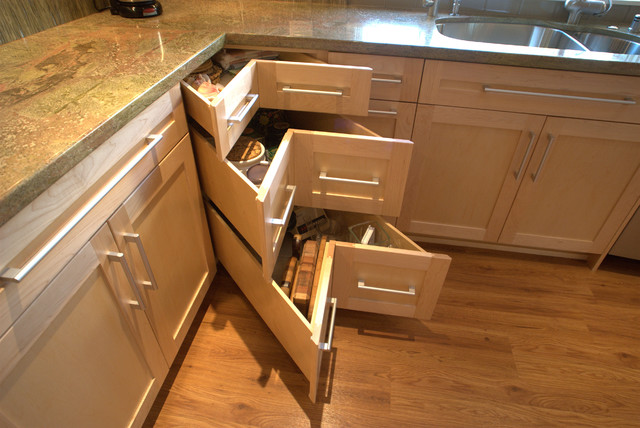
Some bad drawer designs on kitchen countertop corners open into each other. It would be inconvenient to access things from either drawer since only one drawer can be fully extended at a time.
However, cleverly built corner drawers allow you to pull that corner at a 45-degree angle as a full drawer. This maximizes the use of that corner space in a unique and unexpectedly efficient way.

